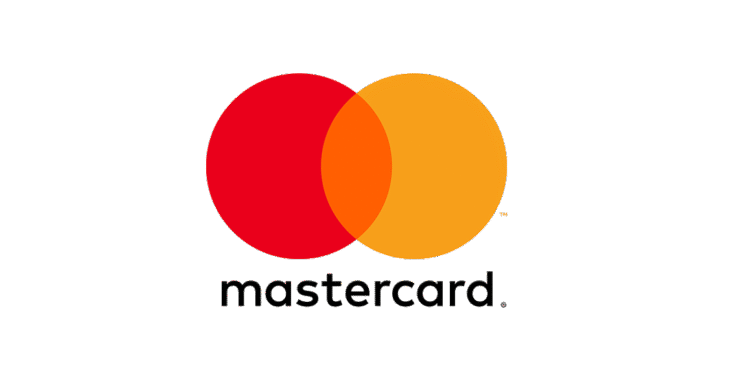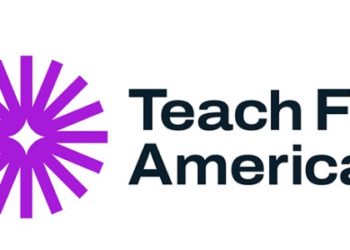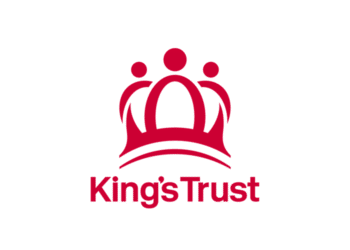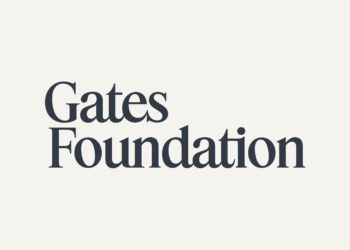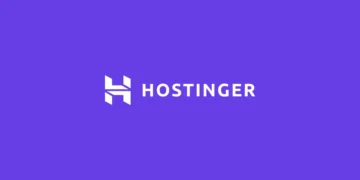What if a single organization could transform millions of lives through education and financial access? The Mastercard Foundation proves this vision is possible.
Established in 2006, this global philanthropic organization works to create opportunities where they’re needed most. With $47 billion in assets, it’s Canada’s wealthiest charity and operates across 49 countries.
The foundation’s core mission focuses on advancing education and financial inclusion. It particularly supports youth, women, and Indigenous communities in developing nations.
This commitment to reducing inequality drives meaningful change. Through strategic partnership and sustainable development, the organization creates lasting growth.
Its work represents a powerful goal: a world where every person has equal access to learning and prosperity. This focus on opportunity creation changes lives globally.
Key Takeaways
- The Mastercard Foundation is a major global philanthropic organization established in 2006
- It focuses on advancing education and financial inclusion worldwide
- The foundation operates in 49 countries with substantial financial resources
- Its work specifically supports youth, women, and Indigenous communities
- The organization’s goal is creating equal opportunities for learning and prosperity
- It uses strategic partnership and sustainable development approaches
- The foundation’s commitment drives meaningful, long-term change
Understanding the Mastercard Foundation’s Mission and Impact
This organization began with a powerful vision for global change. Its creation marked a significant commitment to social impact.
Historical Foundation and Establishment
The organization started in 2006 through a generous stock donation. Mastercard’s initial public offering provided 13.5 million shares. This created an initial endowment worth approximately $600 million.
Two years later, it became fully independent. President and CEO Reeta Roy took leadership. An independent board of directors provides strategic guidance.
Global Reach and Organizational Structure
Headquartered in Toronto, this charity operates across 49 countries. Its global presence enables wide-reaching impact. The structure supports local partnerships and international cooperation.
This extensive network allows tailored approaches to regional challenges. Each location receives customized support based on local needs.
Core Focus Areas and Strategic Goals
The organization targets key areas for maximum effect. Reducing inequality stands as a primary goal. This includes addressing gender disparities and economic gaps.
Educational access represents another critical focus. Quality learning opportunities transform communities. The foundation creates pathways to decent work.
Economic growth receives significant attention through strategic investments. These efforts support sustainable development in partner countries.
In 2018, a major strategic shift emphasized African development. The Young Africa Works strategy guides current African operations. This program aims to create millions of work opportunities.
Funding flows through multiple channels to maximize impact. Bilateral allocations go to educational institutions and research organizations. Non-governmental organizations and private sector partners also receive support.
Multilateral partnerships with United Nations entities expand global reach. These collaborations address complex development challenges. They leverage international expertise and resources.
Gender-specific programs particularly support women and girls. These initiatives address unique barriers to education and economic participation. They create more inclusive opportunities for all community members.
Investments in local economies stimulate regional development. Partnerships with businesses and communities create lasting change. This approach builds sustainable economic systems.
A robust learning framework guides all operations. Evaluation and assessment inform program development. This ensures continuous improvement over years of implementation.
Education Initiatives Transforming Young Lives
Comprehensive learning programs create pathways to success for young women and men in developing regions. These initiatives address educational gaps while building skills for future employment.
The organization’s approach combines financial assistance with holistic development. This ensures students receive complete support throughout their educational journey.
Mastercard Foundation Scholars Program
This $500 million initiative launched in 2012 transforms lives through education. It supports 15,000 African students across secondary, undergraduate, and master’s levels.
Partnerships with prestigious institutions like Duke University enhance program quality. The $13.5 million Duke partnership exemplifies this collaborative approach.
Students receive comprehensive support including tuition coverage and mentorship. Career development services help transition graduates into meaningful work.
EleV Program for Indigenous Youth in Canada
This specialized initiative focuses on Indigenous communities across Canada. It aims to support 30,000 young people through education and livelihood transitions.
The program respects cultural traditions while providing modern skills training. Community partnerships ensure relevance and sustainability.
Indigenous leaders help shape program design and implementation. This collaborative model honors local knowledge and practices.
Young Africa Works Education Strategy
This ambitious strategy commits $500 million toward African development. The goal involves helping 30 million young Africans access dignified work by 2030.
The approach combines education with economic opportunity creation. It addresses both learning access and employment transitions.
Local organizations implement tailored solutions for different regions. Multi-year funding enables deep, lasting impact across communities.
These initiatives demonstrate how strategic educational investment drives economic growth. They create opportunities where they’re needed most.
Financial Inclusion and Economic Empowerment Programs
Economic empowerment programs create lasting change by addressing financial barriers. These initiatives help communities build sustainable livelihoods.
Strategic investments target underserved populations across Africa. They focus on creating opportunities where they matter most.
Fund for Rural Prosperity Initiatives
This initiative launched in 2015 as a challenge fund. It supports private sector businesses in Sub-Saharan Africa.
These businesses expand financial inclusion for smallholder farmers. Rural communities gain better access to financial services.
The program encourages innovation in agricultural finance. It helps create sustainable farming economies.
Small and Medium Enterprise Support
The Fund for Resilience and Prosperity represents a $126 million commitment. This seven-year program supports small and medium enterprises.
It focuses on four key sectors: agriculture, climate impact, digital economy, and health. Twenty African countries benefit from these investments.
Small businesses receive crucial support for growth. They become engines of job creation and economic development.
Women-led enterprises receive special attention. This ensures gender equality in economic opportunities.
Women and Youth Economic Inclusion
Targeted programs address barriers facing young women and men. Financial access and enterprise development receive focused support.
These initiatives create dignified and fulfilling work opportunities. They particularly help those with limited financial means.
Strategic partnerships maximize program impact. Financial institutions, private sector organizations, and community groups work together.
The foundation announced $200 million in five-year commitments. This funding supports the Young Africa Works strategy.
Programs include learning and adaptation mechanisms. This allows continuous improvement based on local needs.
Measurable outcomes include job creation and enterprise growth. Underserved populations gain improved access to financial services.
Conclusion
Global inequality finds powerful opposition in comprehensive development initiatives. The Mastercard Foundation shows how strategic philanthropy creates lasting change.
Over 66 million people gained skills while nearly 18 million youth accessed work opportunities. More than half were young women.
The Young Africa Works strategy aims to enable 30 million young Africans to access dignified and fulfilling work by 2030. In Canada, the EleV Program supports Indigenous youth through education and work transitions.
This organization maintains its commitment through long-term funding across multiple sectors. Its work creates sustainable systems change rather than short-term solutions.
The foundation’s integrated approach to education and financial inclusion continues transforming lives globally. It represents a powerful model for addressing inequality through opportunity creation.
FAQ
What is the primary goal of the Mastercard Foundation?
The primary goal is to advance education and financial inclusion for young people, particularly in Africa. They focus on creating opportunities for dignified and fulfilling work through strategic partnerships and investments.
Who are the main beneficiaries of their programs?
The main beneficiaries are young people, especially women and Indigenous youth. Programs are designed to support their access to education, skills development, and economic opportunities.
What is the Young Africa Works strategy?
Young Africa Works is a key initiative aimed at enabling 30 million young people, particularly young women, to access dignified and fulfilling work by 2030. It focuses on sectors with high growth and job creation potential.
How does the foundation support financial inclusion?
They support financial inclusion through programs like the Fund for Rural Prosperity, which invests in innovative solutions to increase access to financial services for underserved communities, including small and medium enterprises.
What role do partnerships play in their work?
Partnerships are central to their approach. They collaborate with local organizations, governments, and private sector actors to scale impact and drive sustainable development in focus countries and areas.

